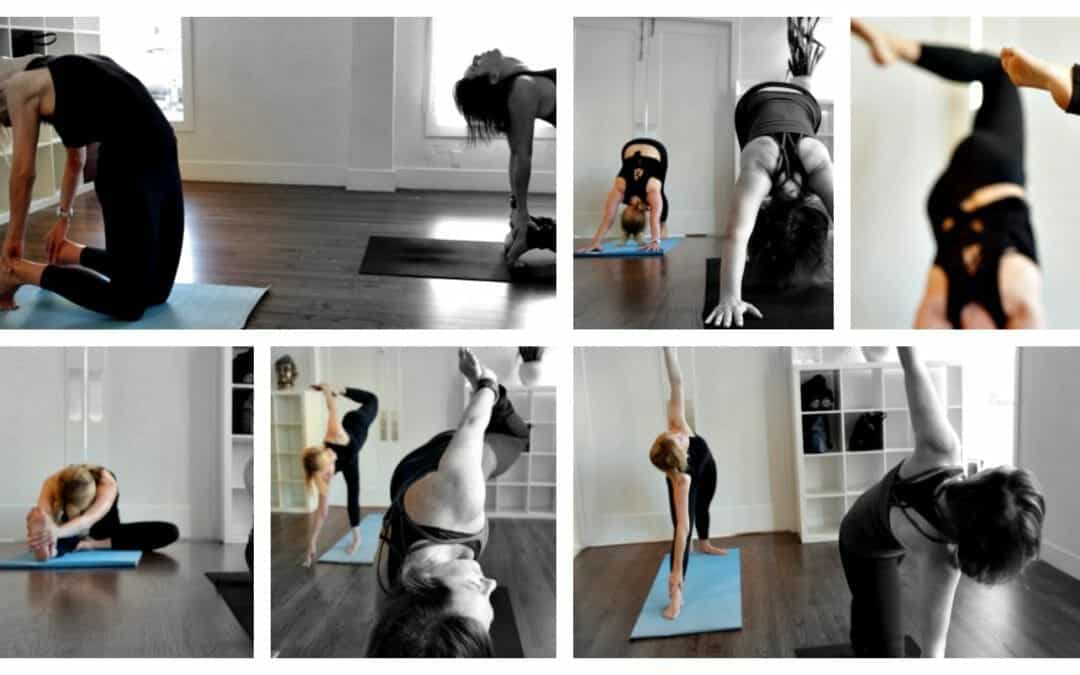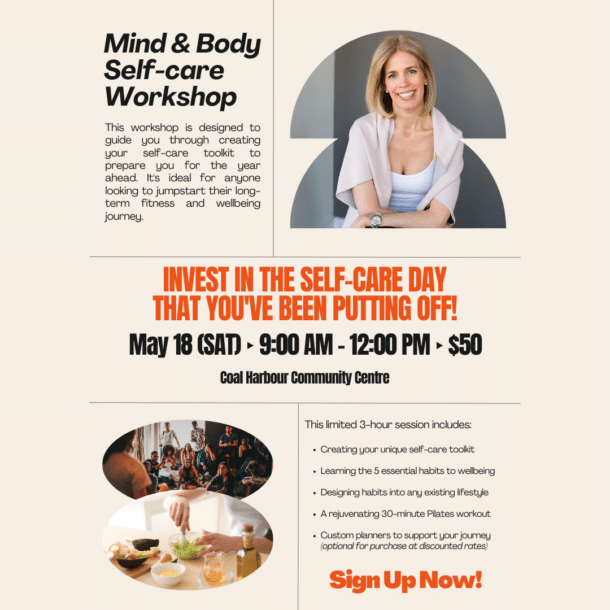Open your heart, calm your mind and reduce pain.
There are a lot of aspiring yogis sitting on the side lines. In fact, 47% of them are men. If you’re one of them, this post just might convince you to give yoga a try. Practicing yogis will also find the post informative.
If you have one of these medical conditions [herniated disk, risk of blood clots, eye conditions, pregnancy, severe balance problems, severe osteoporosis or uncontrolled blood pressure], consult your doctor before starting a yoga practice to understand the types of movements you should modify or avoid.
1/ Back Bends: Opens your heart and mind.
Most of us do something that routinely focuses our attention forward which often results in hunching the top of our body forward. The result – bad posture. Over time bad posture causes chronic pain including: headaches, neck and back pain, knee, hip and foot pain, shoulder pain, jaw pain, fatigue and breathing problems.
More than 80% of Americans will experience an episode of low back pain at some time in their lives and that total costs of the condition are estimated at greater than $100 billion annually, with two-thirds of that due to decreased wages and productivity.
Back bends counter all the forward bending we do everyday by stretching the front side [chest, abdominals and hip flexors] of your body which opens the chest and at least in theory, allows you to breath more fully. Your back, legs and arms have to engage to support you in the pose which strengthens them over time.
There is one initial downside. Deep back bends can also surface anxiety if you’re not used to the movement. Reminding yourself to breath will counteract your anxiety. With practice back bends will make you feel more open, strong and resilient.
2/ Downward Dog: Decreases Back Pain
We already know that bad posture can cause neck and back pain and that yoga can help relieve it. However, back pain can also be caused by a herniated disk, degenerative changes and Osteoporosis. If you’re experiencing chronic pain [aka: pain that lasts 3-6 months] talk with a specialist and get medical clearance before your first yoga class or next session.
Downward dog is an active rest pose routinely done in all types of yoga practices. For most it feels good and relieves back pain over time by strengthening your arms, shoulders and legs while also stretching your hamstrings, calves and feet. The pose doesn’t seem all that impressive in comparison to others but there are subtle nuances for opening the shoulders, strengthening the back and lengthening the hamstrings that make it extremely effective for rejuvenating your body. It’s worth investing the time to learn the nuances of it.
3/ Hip Openers: Releases stress and reduces back pain
Most Americans sit for long periods while at class, at work and commuting to and from work and/or school. Sitting for long periods cause your hip flexors to tighten up which reduces the range of motion in your joints and causes excessive curvature in your spine that can affect your posture. Posture issues can cause back pain. Some also believe that hips store negative emotions and that when released can reduce stress.
Reportedly, 54% of Americans who experience low back pain spend the majority of the day sitting at their desk.
Hip openers are frequently requested in group classes. Some people love them and others hate them simply because it can hurt to stretch tight hip flexors. So the one thing that you need to know about hip openers and for that matter all other poses, you don’t need to do the full expression of the pose to get the health benefit. Modify the pose so that it feels good. Stretching your hip flexors regularly will lengthen the muscle and make hip openers less painful to do too.
4/ Twists: Aids with Digestion
Digestion is a big issue for many Americans. While there isn’t one pose that can cure digestive disorders, poses that include a twist are thought to stimulate your digestive system and “detoxify” your body.
There are 28.3 million physician visits and 8.2 million emergency room visits every year for digestive disorders. Almost 15 million adult Americans have ulcers.
What might not be immediately obvious from looking at a picture of the pose, triangle includes a twist. The hips are supposed to point down while the upper part of your body twists to look up.
Triangle is a personal favorite because it provides such a great full body stretch. My first yoga teacher used to tell the class to picture energy shooting out of your limbs. While that might sound kind of weird, it works. To feel the “energy shooting out your limbs” you have to engage your muscles and imagine your limbs lengthening away from your core.
5/ Seated Forward Bends: Sooth and calm nerves
The number of Americans saying that they are under extreme stress is increasing.
1 in 4 Americans [25%] are under extreme stress and interestingly, most are stressed about healthcare [43%] and the economy [35%]. The good news is that more Americans [53%] are using healthy behaviors like physical activity to cope. Those using yoga and mediation increased 4% since 2016 to 12%.
So how does forward bends calm nerves and reduce stress? Forward bends are associated with bowing and humility and often used to balance the energy of your practice. Seated forward bends are often used to bring down the energy of a class towards the end so that you walk out the door feeling really calm. They are relatively easy stretches to do. The poses are passive stretches that use gravity to lengthen the back body including calves, hamstrings, lower back, spine and neck and to release tightness in the hips.
While many do yoga in a group class to feel a sense of community, it is a personal practice that evolves over time. Focus your attention inward rather than outward to what others are doing.
Contact Us
We're interested in partnerships with brands that share our interests and values.
Create a Free Account
Receive weekly emails with workouts, tips & offers to help you live more vibrantly.



